Common faults and Solutions servo motor in die casting are overheating, encoder errors, and mechanical wear, which can be resolved through proper cooling, calibration, and regular maintenance for reliable operation.
Precision and efficiency in die casting machines are achieve through the use of servo motors. They manage multiple processes, such as mold clamping and injection speed, for seamless and uniform production.
Every machine and machine part requires proper servicing and maintenance to enable its operations and functions; thus, servo motors can, at certain times, encounter mechanical faults that hinder machine efficiency.
Common faults in servo motors and their solutions are examine in this article.
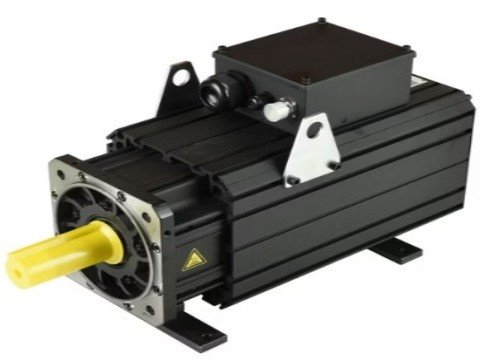
The Core Role of Servo Motors in Die-Casting Machines
As an example, in die-casting machines, servo motors as the core power components, control the clamping force along with the injecting speed and pressure with accuracy.
Their advantages include:
- Precision control: For consistency in accuracy, position error is cappe at 0.01 mm;
- Energy efficiency: Traditional systems using hydraulics are 40 to 70% more energy consuming when compared to servo motors;
- Fast response: Complex processes are handled within milliseconds dynamically. Common Servo Motor Issues.
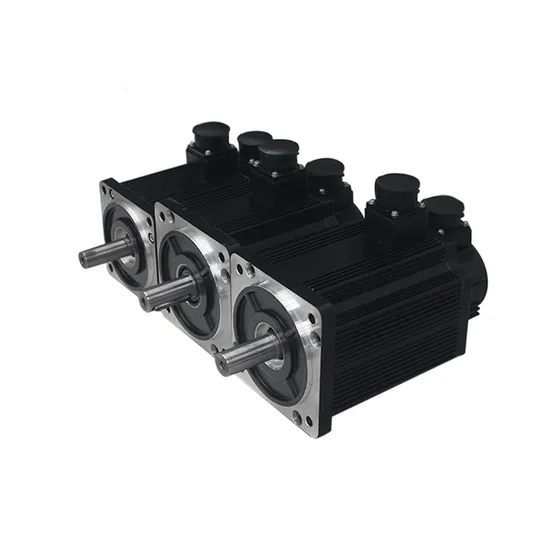
Common Faults in Servo Motors
- Overheating
- Positioning Errors
- Vibration and Noise
- Electrical Faults
Overheating
Overheating can happen because of excessive load, poor cooling, faulty cooling systems, or poor ventilation. This is an inefficient overheating problem, and in servo motors, it can lead to damage and reduced efficiency.
Positioning Errors
Positioning errors incur when servo motors cannot follow the pre-programmed guidance. This can happen owing to encoders, software errors, or mechanical aging.
Vibration and Noise
Excessive noise and vibration can herald significant mechanical problems. Electrical overheating, bearing wear, and even misalignment can cause some of the problems revolving around vibration and noise. All these tend to lower the precision and lifespan of the motor.
Electrical Faults
Problems with the electrical system can result from short-circuiting or even the usual over or under-volting. These tend to happen owing to component damage, faulty wiring, or even flow problems on the power supply.
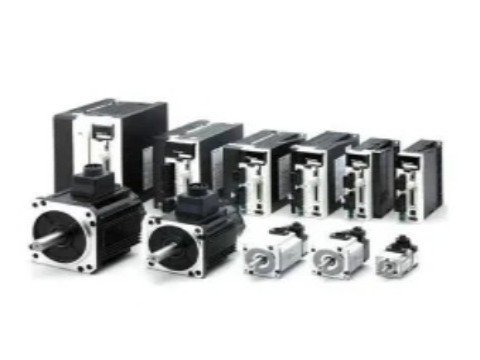
Resolving Servo Motor Issues
- Overheating Issues
- Positioning Error Issues
- Noise and Vibration Issues
- Electrical Issues
Overheating Issues
- Verify Load: Check if the motor is overloaded, and modify the load if needed.
- Check Motor Peripherals: Examine air filters, and any other peripheral parts for airflow to the motor for correct function.
- Maintenace Scheduling: Ensuring the system cooling is within the operational standards is vital for the overall system function.
Positioning Error Issues
- Encoder Reset: Ensure the encoder is reset to the correct locations relevant to its use for positioning.
- System Controls: Identify system’s control malfunctions and rectify through adequate updates and upgrades patches.
Noise and Vibration Issues
- Equipment Mounted: Check all the motor’s accessories for necessary rigidity to withstand the operational vertical and horizontal amplitudes and adjust if necessary.
- System Wiring: Realign all disconnected and torn parts of the system to rectify function.
- Vibration control: Correct installation uses precision to control unnecessary vibration.
Electrical Issues
- Inspection: Study the fuse box, rest of the building fuse while monitoring the systems to assure they don’t pour over over load to any step within the system processes.
- Component Check: Ensure all systems adhere to function parameters and operational standards, any out of spec system components should be replaced.
- Inspection Survey: Make controls and standards for systems of exceeding operational standard to volatility and correct enable smoother succeeding function.
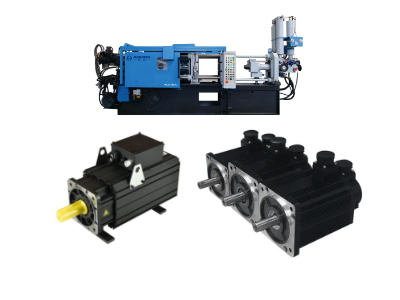
Preventive Maintenance Specifications (HAICHEN Recommendations)
Daily Maintenance
- Electrical Inspection: Measure winding resistance (deviation <5%) and insulation resistance (>100 MΩ) monthly.
- Mechanical Maintenance: Re-lubricate with lithium-based grease (NLGI Grade 2) every 500 hours.
Quarterly Deep Maintenance
| Item | Standard | Tools |
| Radiator Cleanliness | Air duct blockage rate <10% | Infrared Thermal Imager |
| Encoder Signal Integrity | Noise Voltage <50 mVpp | Oscilloscope |
Environmental Control
- Temperature: 15-40°C (Forced cooling required for temperatures above 50°C).
- Dust Protection: IP54 protection level, weekly compressed air dust removal.
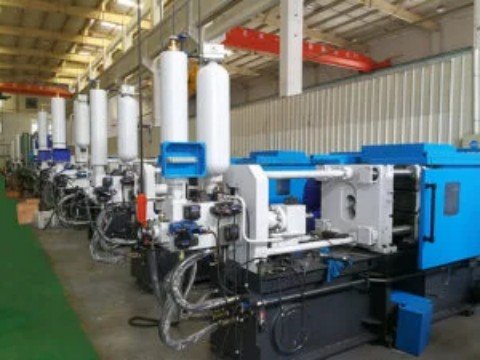
Troubleshooting common servo motor faults is crucial for ensuring stable operation of your die-casting production line.
You can directly refer to the troubleshooting methods mentioned in this article—for example, checking for loose power wiring, testing encoder signals, and adjusting controller parameters.
These practical steps can help you quickly resume production, minimize downtime losses, and ensure product quality meets standards.



